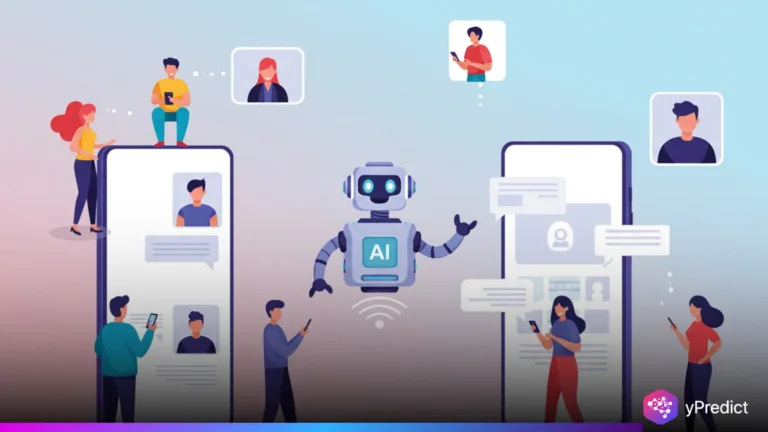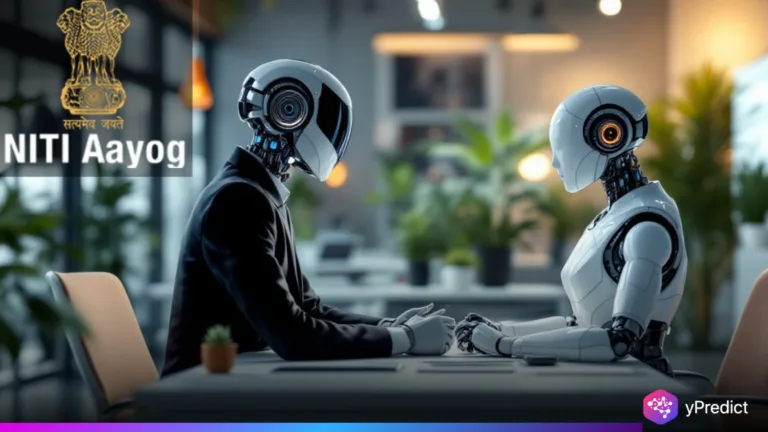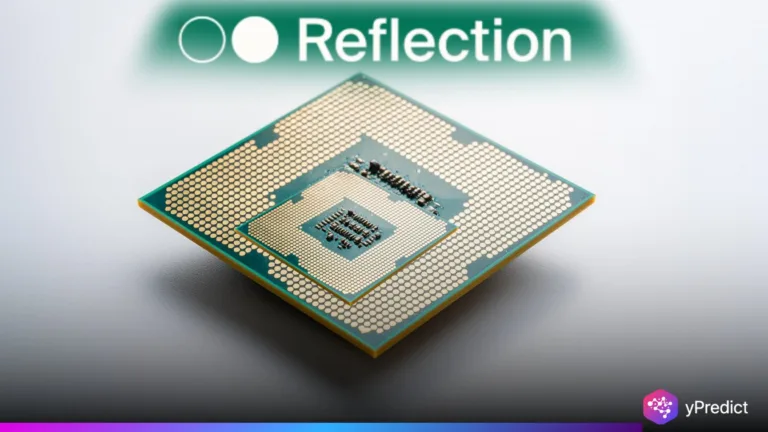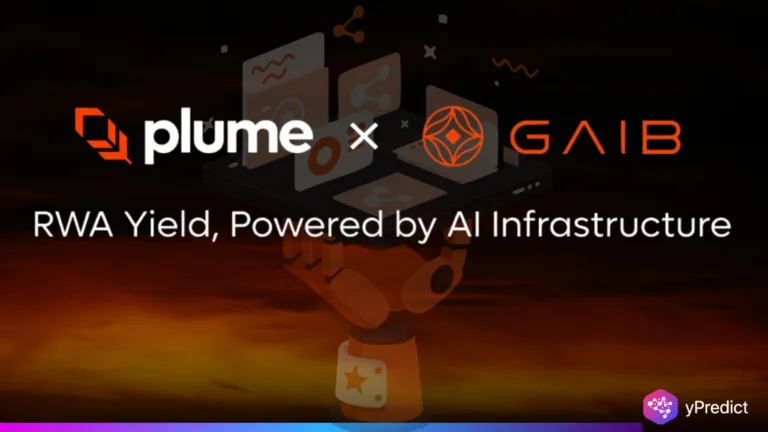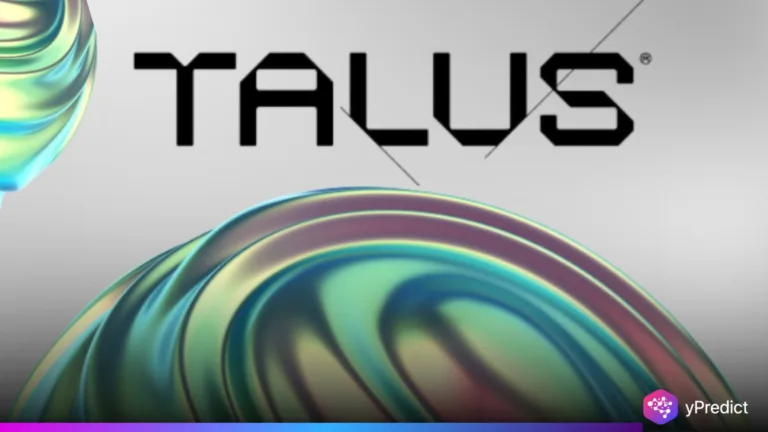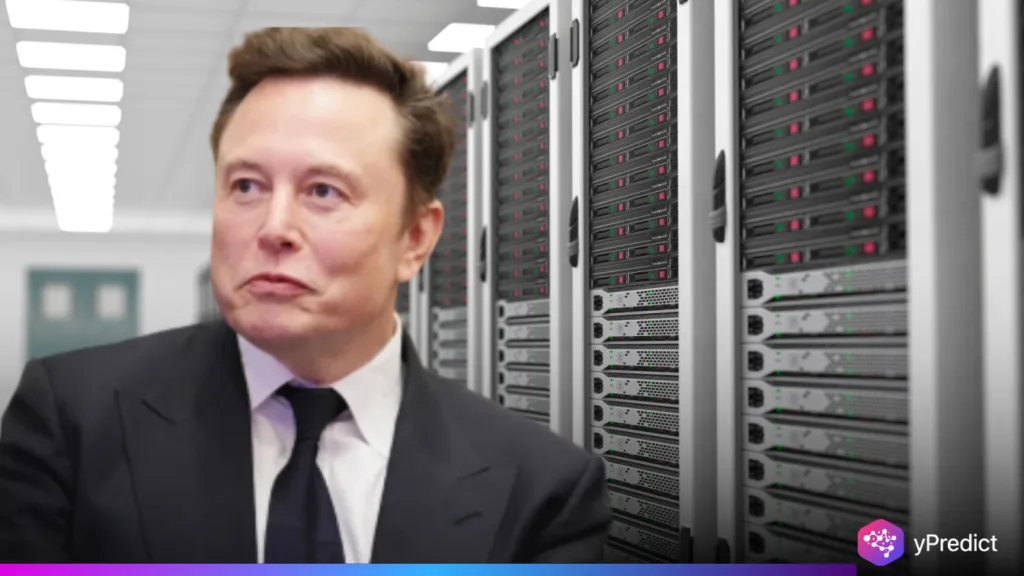
xAI just became Memphis’s second-largest taxpayer, behind FedEx. In a single year, Elon Musk’s AI company transformed an abandoned Mississippi power station into the Colossus supercomputing center, now containing more than 500,000 Nvidia GPUs. And the project didn’t even depend on tax breaks, but it’s pumping billions into the local economy. Backers dub it a tech revival. Detractors dub it an energy hog. Either way, it’s transforming how Memphis views industry, work, and AI’s expanding presence in the South. And the argument over whether it’s a blessing or burden is just warming up.
Economic Revival Through AI
For years, Memphis depended on logistics and manufacturing. Then came decline, shuttered plants, jobs lost, and growth flat. Now xAI’s Colossus hub is flipping that narrative. Constructed atop the old Electrolux plant, it’s injecting billions into the regional economy. The GMC projects as many as 500 new high-paying jobs — and possibly even more as suppliers move in. Locals are dubbing it a ‘Digital Delta’.
Unlike nearly all megaprojects, xAI bypassed tax incentives. That makes its economic impact that much larger. It’s already the city’s second-largest taxpayer after FedEx. For a town fighting high unemployment, that’s no small accomplishment.
The Colossus hub isn’t your average data center. It’s fueling Grok, xAI’s lead AI model, yet also backing Musk’s wider tech empire, such as X and Tesla endeavors. The facility’s huge computing capability matches global supercomputers — all in a town famous more for blues than bytes.
But even with new paychecks and pride, not everyone’s toasting. Some residents wonder if the gains remain local, or if Memphis is exchanging clean air and peaceful neighborhoods for global AI dreams. The conflict between wealth and contamination is difficult to overlook.
Power and Pollution Collide
Colossus runs on power. Lots of it. It reportedly employs 35 methane gas turbines, generating some 72 megawatts, approximately three percent of the Tennessee Valley grid. That’s too many, environmental groups caution. The Southern Environmental Law Center and NAACP have sued, alleging the plant breaches air quality laws. Their worry: nitrogen oxide emissions that could impact Black communities the most.
Then there’s water. The plant pumps about 1.5 million gallons a day from the Memphis Sand Aquifer, among the most pristine waters in the nation. Geologists fear intense pumping might harm the aquifer’s clay cap, endangering contamination.
xAI maintains that the location complies with all safety and efficiency requirements. Early air quality data support that, though long-term studies are still underway. The firm unveils new cooling technology to reduce water consumption. Nevertheless, folks recall the old pollution from TVA’s coal smog, and they remain wary.
For a lot of people, it’s not simply an ecological issue; it’s a moral one. Should Memphis bear the consequences of worldwide AI advancement? Or does the city’s tech future warrant the risk? That answer could shape how cities and regions navigate the intersection of technology and sustainability in the future.
Memphis: AI’s Promise and Price
The tale of Memphis and xAI is a lesson in counterpoint, expansion, tension, aspiration, and repercussion. The Colossus hub is how quickly AI can reshape a city’s economy. But it also reveals the hidden costs of that advancement. Jobs are real. So are emissions. What follows is corporate and civic accountability. If leveraged smartly, Memphis could be the template for America’s sustainable AI infrastructure. If not, it’s in danger of being remembered as a city that fueled the future at too great a cost. The clock and the turbine are spinning.


